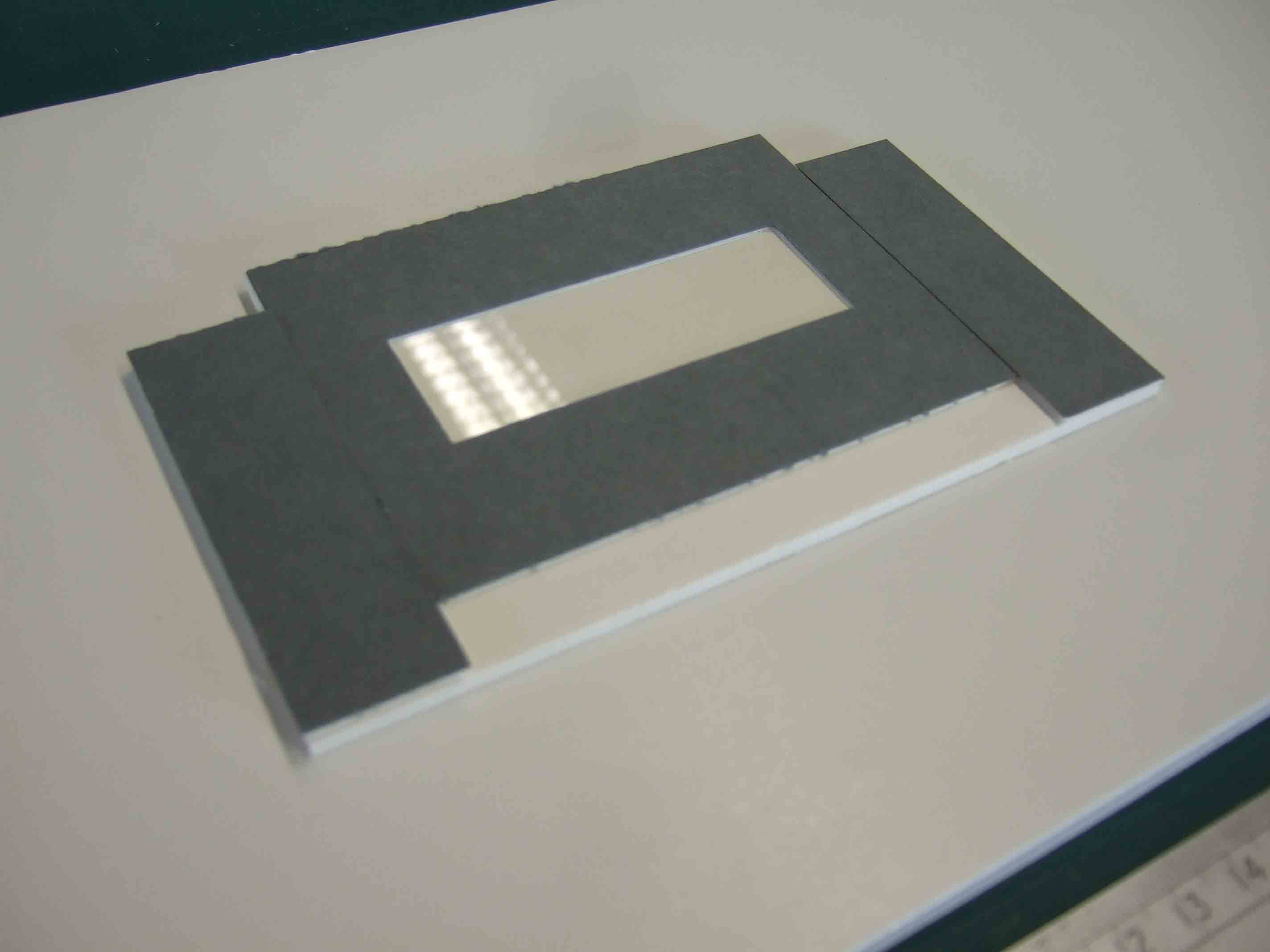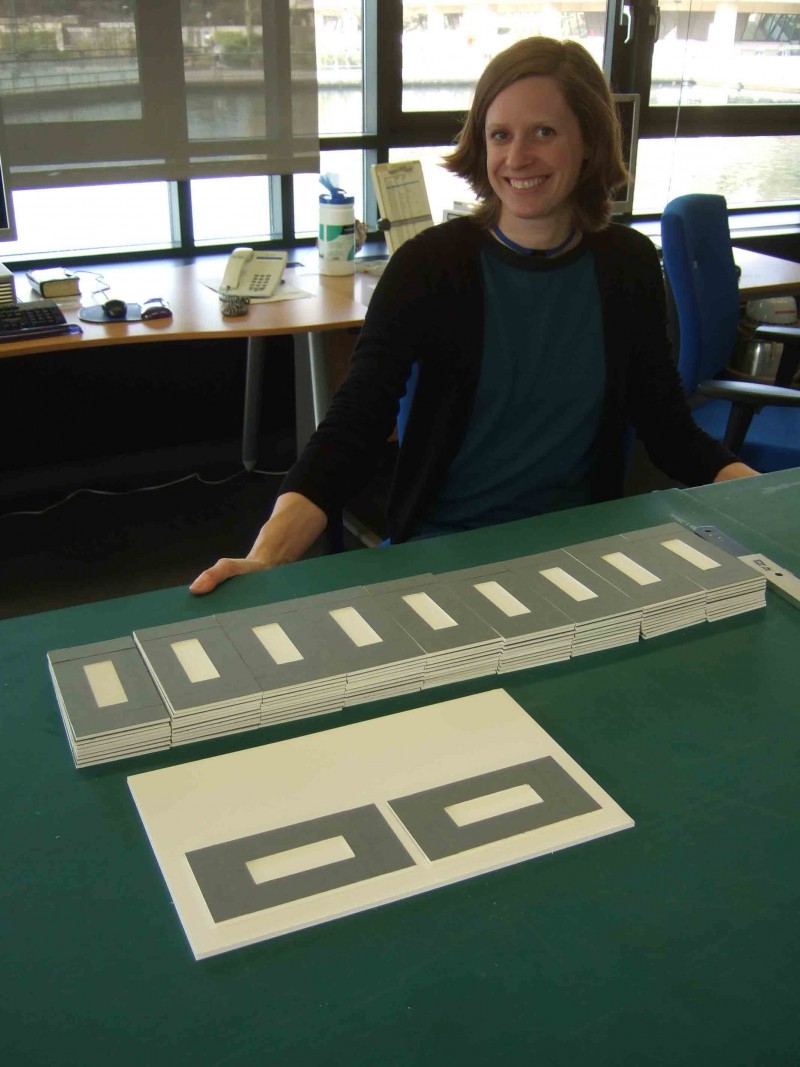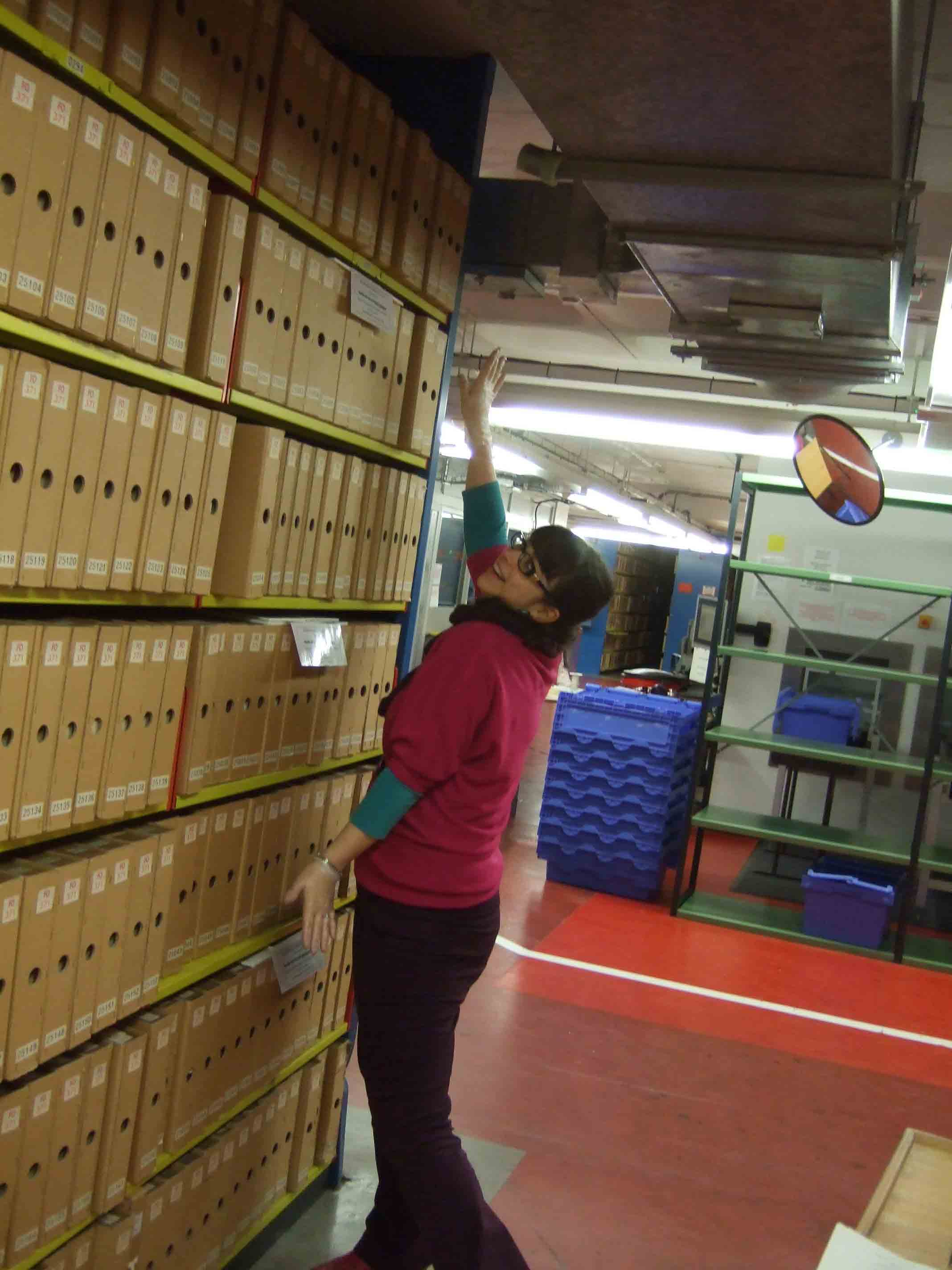Unsurprisingly, we have dust at The National Archives! I never imagined that dust would become such a significant aspect of my working life. It is something I talk, read and write about on a daily basis. Despite what you might think, it really is quite interesting (honestly). The Dust Project was established to investigate how much of a dust problem we have at The National Archives, as it poses a surprising threat to our collections.Dust is composed of various materials, including textile fibres, hair and skin cells, fragments of building material and airborne pollutants from outside. Over time, it can permanently damage and disfigure records while accelerating other forms of degradation – all of which can impact access and use of the collection. The project aims to collect dust samples from the document repositories; analyse dust composition; assess how it is transferred from box to document; and examine the effectiveness of various mitigation strategies.
Designing a monitoring system
I joined the project at the beginning of this year, to help address the practical aspects of dust monitoring. My colleague and project leader, Dr. Helen Wilson devised a monitoring system for the repositories using glass microscope slides and asked me to design something that would hold them flat and secure so that they could gather dust over several months, but would also be discreet and not impede other teams who work in the repositories. The slides would be ‘read’ with a glossmeter, which measures the loss of gloss on the surface of the slide resulting from the accumulation of dust. Hopefully, my experience as a conservation technician and knowledge of materials and techniques would help me translate Helen’s requirements into a practical solution.
My immediate thoughts were of blue wool light dosimeters – a device used to measure the effects of light exposure on historic interiors, through the deliberate fading of coloured textiles. These are constructed of two hinged pieces of acid-free board, with strips of textile sandwiched in between. My first attempt looked very like a dosimeter (see the top image) but though it kept the slide secure, its recessed position made it difficult to take accurate readings with the glossmeter, which needs to be level with the surface it reads.
Another concern was that the slides were difficult to handle – finger prints on the surface would affect the glossmeter reading. I added this to my list of practical considerations. The general concept of the monitor worked, but would benefit from some modifying. As well as experimenting with the design, I also looked at different materials, considering weight, colour, cost and durability before settling on a combination of thick board to create a sturdy base and thinner grey board for the top layer, the same thickness as the slides. The colour meant that any damage would be inconspicuous, ensuring they could be re-used.
After experimenting with different adaptations, Helen was satisfied that the design met all her requirements. It was gratifying to take a concept and translate it into something with a practical application. The best was yet to come however, as we now had to hand-make the monitors – all ninety of them. Fortunately, I had a team of willing volunteers! Helen, Hannah Clare and I spent two days cutting, constructing, labelling and mounting the monitors onto supports prior to their distribution in the repositories. They have now been in place for three months and we have taken our first measurements, which already indicate a difference between the old and new buildings on the site.
Furthermore, Helen has taken samples to English Heritage’s laboratories at Fort Cumberland, Portsmouth, for analysis using a scanning electron microscope. This will determine the types of particles present and along with future measurements, we hope to gain a fuller understanding of the implications of dust for our collection and identify areas for future research.





[…] Gathering dust […]
[…] practical problem for public and academic history alike at The National Archives blog – dust! In Gathering Dust, Amy Sampson discusses the Dust Project and the impact that dust can have on the coll…. The problem of finding sources in the archives is discussed by Tiia Sahrakorpi at Doing History in […]
[…] National Archives Blog reports upon a problem that affects us […]